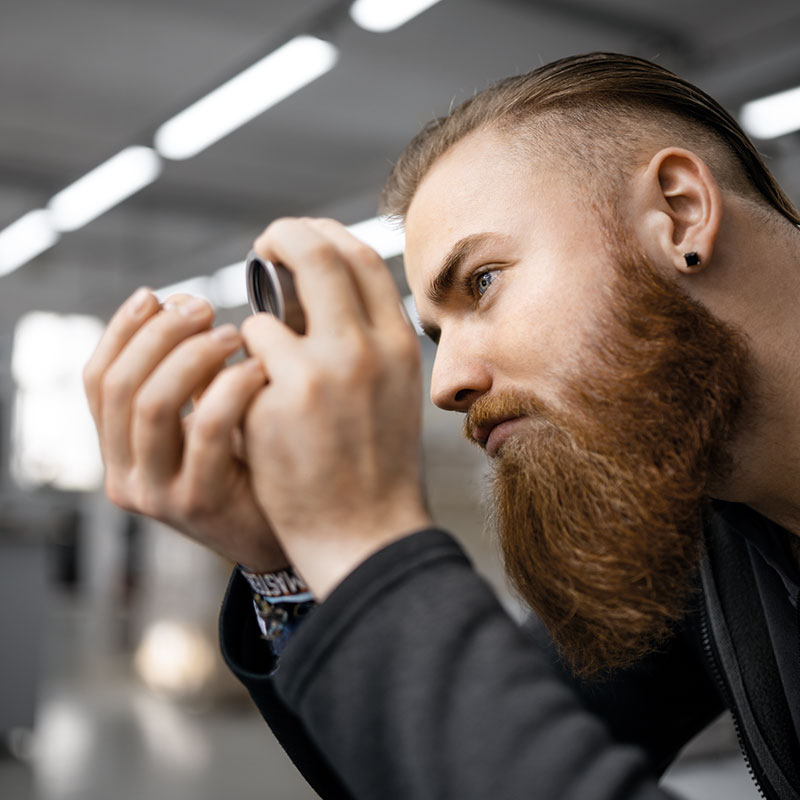The multiple award-winning collector coins no doubt win so many prizes because they are the result of interdepartmental cooperation. From the design to the finished product, optimisation is constantly being thought about. At which point in the coin production process does the production department come into the picture exactly?
Kevin Kucera: Production really gets going as soon as the toolmakers have finished the test die and we can make a test strike. The whole team, consisting of toolmaking, marketing, engraving and production, meets to examine the coin image. We assess the quality of the strike to see how pure the motif is, how the details of the motif come to the fore and if the individual letters stand out.
Peter Vaniher: The dimensions are also measured, including the diameter, the height of the randstab, etc., all the technical specifications. The crucial question is: How much pressure is needed to mint the motif optimally? We have to bear in mind that the higher the pressure, the sooner the die wears out.
So, the art lies in striking the right balance?
Kevin Kucera: Exactly. Everything depends on the quality of the strike and this in turn depends on the construction of the die. The technical specifications, such as diameter, height, etc., must be within the tolerance range. Sometimes improvements have to be made, of course. Only when the whole team thinks it’s ready does the coin go to the board. It may be the case that the motif has to be adjusted or that the background has to be polished more to create a stronger contrast between the flat surface (planum) and the motif.

While the process described above applies to all coins, is the production of a series such as The Uncharted Universe, which requires complicated and innovative shapes, especially challenging?
Michael Widhofner: That’s right. In this case it's not done with a test strike. You need a pilot run of 2,000 pieces to be able to judge whether you can really mint them. If the die had to be replaced after every 100 pieces, the coin would not be costeffective. It must be possible to produce at least 1,000 coins with one pair of dies.
Peter Vaniher: It is always a balancing act between the ideas of the artists, i.e. the engravers, and technical implementation. The artists want to reach for the stars, but sometimes we have to remind them of the limits of what is possible.
Michael Widhofner: In the case of coins with special shapes, the engravers provide the idea, but the shape is then developed and implemented by the toolmaking department.
Kevin Kucera: When the shapes meet our quality standards and colour is to be applied, the medal makers also get involved
Michael Widhofner: In the case of special coin shapes, our research department even carried out printing tests with the manufacturer of our machines, because this challenge could not be solved with our standard equipment.
Peter Vaniher: These special coin shapes also require a special solution for each work step. As soon as we have a test strike, a special type of packaging has to be found, because a concave, wavy or free-form coin won’t fit into a conventional capsule. So, our colleagues in research & development then look for a suitable packaging solution.
You can read the entire interview in the 2022 Annual Report